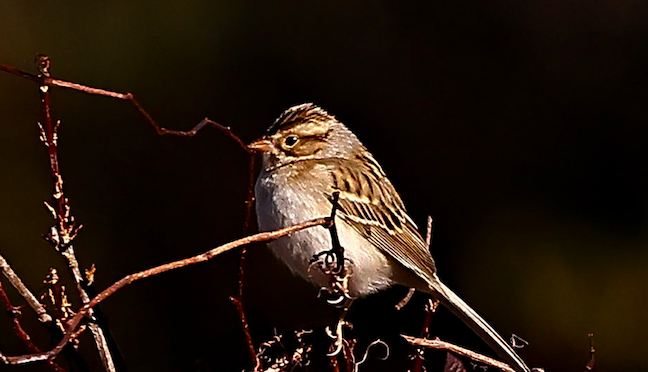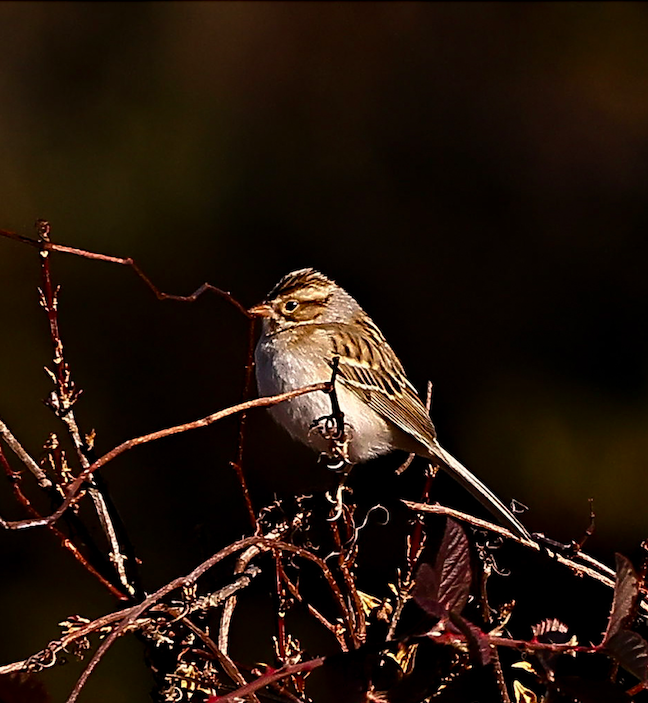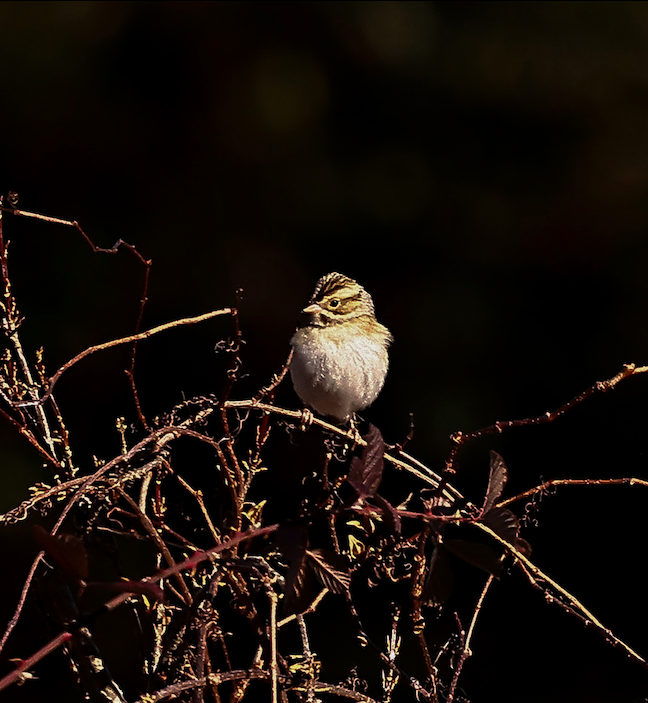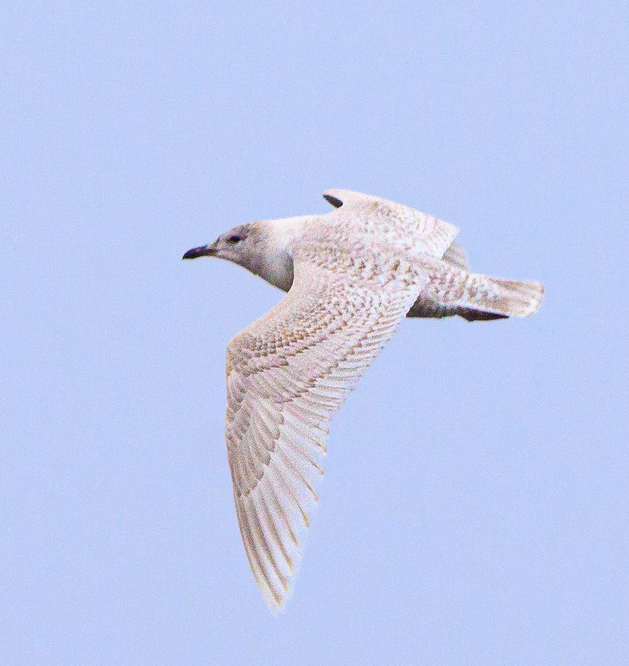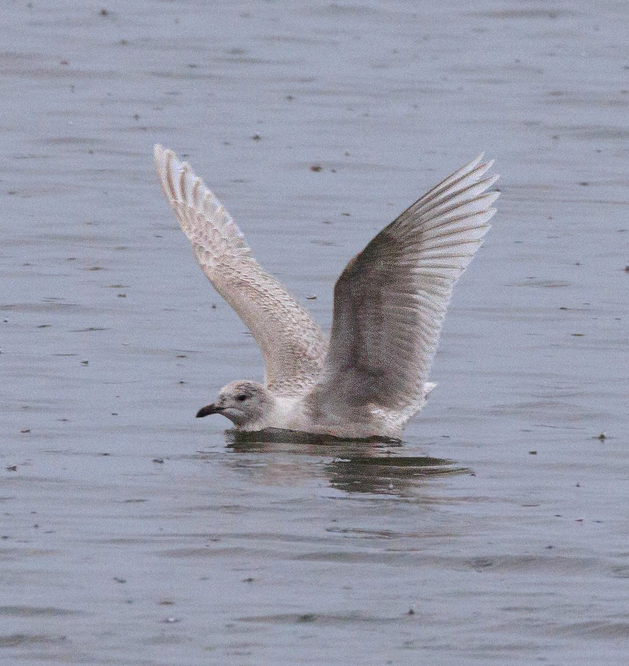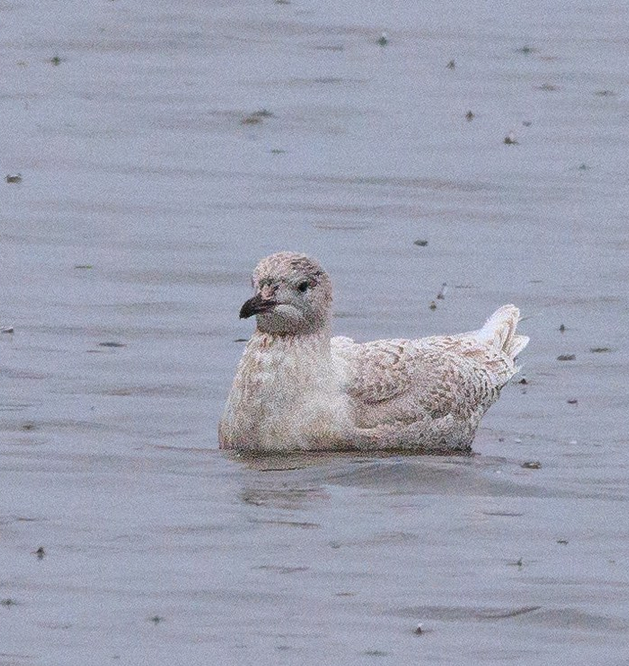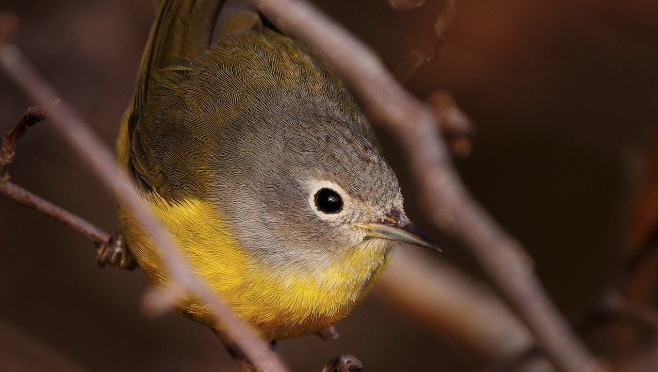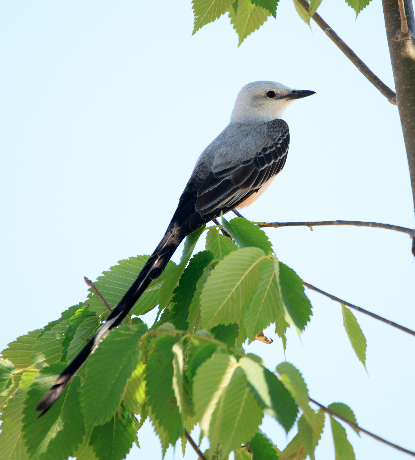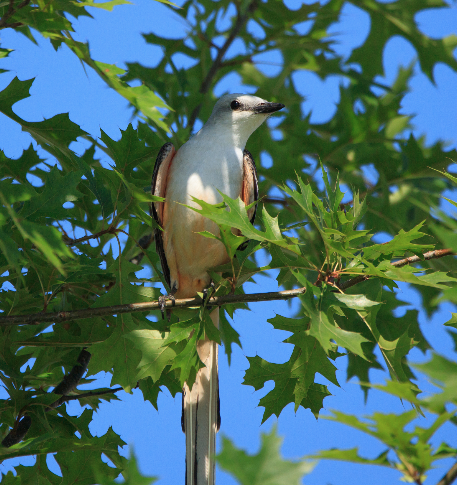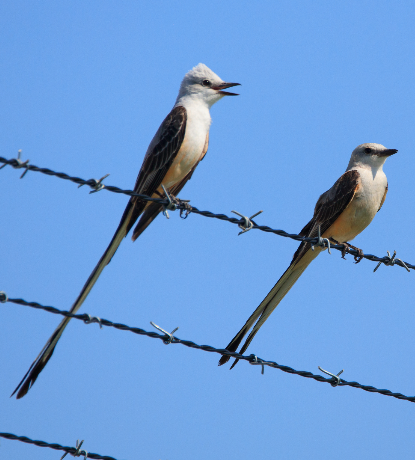By Sally Siko
Yesterday my friend Corie and I set out to check out a Cackling Goose that had reportedly been seen at the Mayo River SP in Mayodan, NC.
I had a feeling this bird would be a challenge to ID given their nearly identical appearance to the Canada Goose.
And I was right lol!

But what is a Cackling Goose anyway?
Well as you might have assumed by looking at it, these birds were once classified as Canada geese, but in 2004 the American Ornithological Society reclassified the four smallest subspecies of Canada geese as members of a new species known as the Cackling Goose.
Today, four subspecies of cackling geese are recognized by the AOS: the Bering, Aleutian, Richardson’s, and Taverner’s.
All four subspecies largely breed on the treeless tundra lands of Alaska and northern Canada. With the exception of the Richardson’s subspecies, the Cacklers are found almost exclusively in the Pacific Flyway areas.




To make matters more complicated, there are slight variations in the size and shape of the heads within the group of Cackler subspecies as well as subtle plumage variations too.
For what it’s worth, my instinct tells me that this is a Tavener’s Cackling Goose because this goose just looks so similar in proportion and plumage to that subspecies but that would be pretty unlikely given the spot where I found it.
Plus there’s a chance that this bird might just be (a very small sized) Canada Goose too lol.
I’m cool with being wrong with an ID but want to learn what to look for to get this species right going forward.
So bird friends, what do you think, is it a Cackling Goose or a Canada Goose?
Big props sent out if you can ID the subspecies too! Feel free to comment on this post.
I’ve included a Google Maps pin of the goose’s location for reference and in case you’d like to go see it for yourself.
Your opinion (and a detailed explanation) on this ID is much appreciated 🙂
Thank you.
Happy birding!
Photos by @sally_siko of @bestlife_birding on my mighty mirrorless monster, the @canonusa #R5


